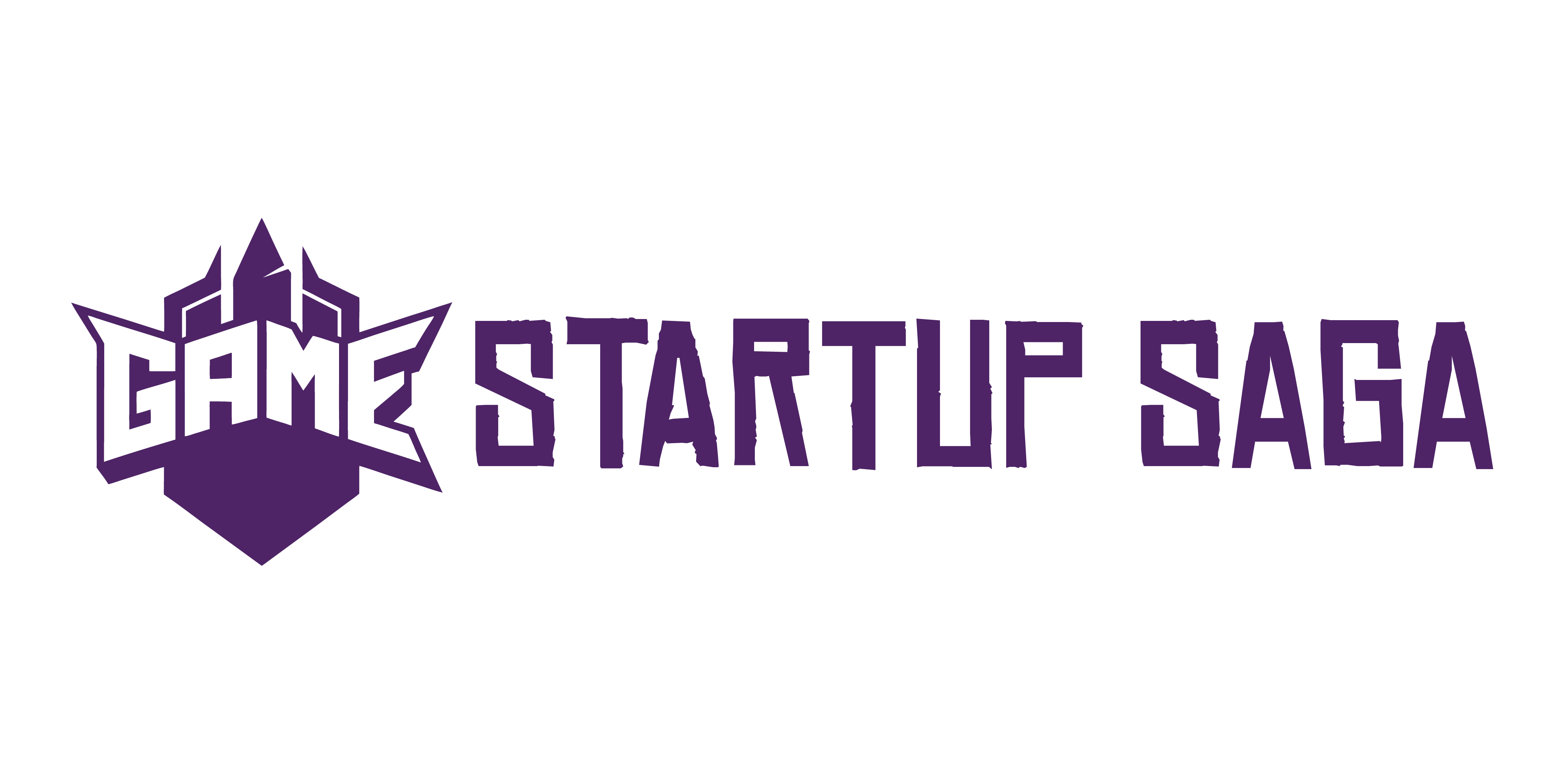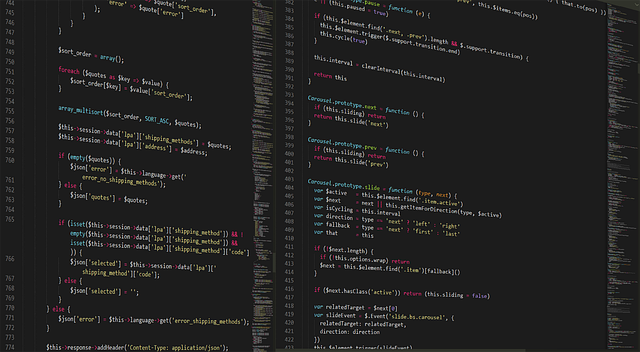Why Player Engagement Should Be the Core Metric
In game design, engagement isn’t optional—it’s the whole point. Get players involved, and you get everything else: longer sessions, word-of-mouth sharing, and yes, revenue. Retention follows engagement. Virality follows retention. Monetization happens when people care enough to stick around.
Many dev teams still chase user acquisition like it’s the finish line. But downloads are a vanity metric. They look good in pitch decks, but they don’t mean someone’s playing—or paying. Engagement, on the other hand, is active. It’s time spent in-game, choices made, goals chased, and communities formed. That’s the stuff that scales.
A game focused only on installs with no plan for lasting interaction is building a leaky bucket. The better bet is designing with depth from day one. Make experiences players want to return to—not just try once and delete.
Understand What Actually Hooks Players
Fun isn’t random. It’s built, paced, and balanced. Great games manage emotional pacing like a good movie or book—they give players small wins early, spike tension at the right moments, and then ease off just long enough to keep the loop going. Boredom is a design failure. So is fatigue. What you’re aiming for is controlled engagement that surges and cools in sync with the player’s growing skills.
Clear progression is key. Players need to know what they’re working toward and why it matters. Levels, skill trees, unlocks—whatever the system, it should map to goals that feel achievable and meaningful. No one sticks around for vague objectives or unclear rewards. Clear = compelling.
And then there’s the hardest part to get right: challenge. The sweet spot lives between ease and frustration. If something’s too easy, players check out. Too hard, they rage-quit. When challenge meets ability, you get flow—the psychological zone where time disappears and engagement peaks. That’s where the real magic of gameplay lives. You don’t stumble into this balance. You build it deliberately, and you measure it relentlessly.
Core Engagement Mechanics That Work
Good game design isn’t always about more features—it’s about using the right ones well. Solid engagement mechanics are the backbone of that. First up: feedback loops. Players don’t want to guess if they’re doing well. They crave instant responses—color flashes, point boosts, progress bars. It has to be fast, it has to mean something, and it has to feel good. Cheap feedback fades fast. Satisfying loops keep players committed.
Choice matters too. A player’s decision should affect something real. It doesn’t need to be a life-or-death plot twist every time, but even small consequences—losing resources, unlocking a new path, angering a character—can build real tension. And where there’s narrative tension, there’s investment. Something as simple as choosing a faction or customizing gear can drive hours of gameplay if the stakes are clear.
Then there’s repetition. Daily missions are less about grind and more about rhythm. They create a return habit, a sense of unfinished business. Tie that to achievements or tiered rewards, and suddenly players have a reason to log in again tomorrow, and the next day. The key is balance: not too easy, not too punishing—just enough friction to feel earned. Replay motivators, like unlockables or scoreboards, do the rest.
Engagement mechanics don’t trick the player—they invite them to care. That’s the difference between a quick play and a long-term fan.
Early Game Experience is Everything
The first ten minutes make or break a game. This is the space where players decide whether they’re hooked—or hitting uninstall. Game designers don’t get a second chance here. What you put in front of the player at the start needs to be clear, engaging, and purpose-built to guide without babying.
Smart onboarding introduces core mechanics gradually. Not all at once, not buried in a static wall of text. Nobody wants to read a manual before they swing a sword. Give players room to play, not just instructions to follow. Let them discover the fun by doing.
UI clarity matters. It’s one of the most underrated trust-building tools in game design. If the interface is clean, intuitive, and responsive, players feel like the game respects their time and attention. Same goes for tutorials—be transparent about what you’re teaching and why. Skip the overproduced cinematics if they don’t serve a purpose. Just get players playing.
The early game isn’t about wowing players with everything you’ve built. It’s about giving them a clear reason to keep going. Get that right, and the rest of your design has a fighting chance.
Using Data to Continuously Improve Engagement
Guesswork doesn’t cut it anymore. If you’re serious about improving engagement, you need to know exactly where players drop off—and why. Analytics can highlight choke points, confusing mechanics, or flat reward timing. If 40% of new players vanish after level 3, that’s not a bug to ignore. That’s a signal screaming for attention.
Smart teams run A/B tests constantly. Narrative branches, control changes, even minor XP tweaks—these are all fair game. The goal isn’t perfection, it’s iteration. Test fast, throw out what doesn’t hold up, double down on what does. The best-performing games didn’t hit greatness with the first build. They got there by testing and tuning again and again.
But don’t stop at the numbers. Player feedback—raw, unfiltered commentary in reviews, Reddit threads, or Discord servers—often reveals what metrics can’t. A clunky menu might still have a decent conversion rate, but if 200 people call it annoying, it’s your job to fix it. The combination of solid data and honest feedback is the fastest path to a game players actually want to come back to.
Case Study: From Friction to Flow
What happens when a game listens to its players? One standout example comes from a mid-sized studio that transformed negative feedback into a blueprint for success. The game initially suffered from early player abandonment and review fatigue—but by tuning in to actual user behavior, the team made impactful changes that paid off in both engagement and retention.
The Problem
- High drop-off rates in the first 15 minutes
- Players felt overwhelmed by enemy difficulty spikes
- Confusing UI made progress tracking unclear
The Solution: Iteration Over Innovation
Small changes had big results. Instead of overhauling the entire game, the team focused on high-friction points revealed by data.
Tweaks that worked:
- Adjusted enemy difficulty curves to ease players into combat gradually
- Simplified the UI to make progression and resource tracking more intuitive
- Retuned rewards during early missions to create more satisfying feedback loops
- Added contextual tips based on where players consistently struggled
The Outcome
These small, focused improvements led to dramatic changes:
- 32% increase in Day One retention
- Players reported smoother onboarding in reviews
- Average play session time increased by over 20%
This case proves that you don’t need to reinvent your game to improve it. Sometimes, refining existing mechanics is all it takes to turn friction into flow.
Designing for Community and Social Play
Some players show up for the loot. Others stay for the people. In today’s top games, community isn’t just a bonus feature—it’s baked into the mechanics. Co-op modes, leaderboards, and prestigious in-game titles tap into a primal motivator: social status. Whether it’s a shared mission or a top-10 tentpole on a leaderboard, people keep coming back when the experience connects them to others.
Great design pushes players toward interaction without forcing it. Think gameplay loops that benefit from teamwork but don’t crumble without it. Resource sharing, combo attacks, or co-op-only zones can foster a low-friction sense of belonging. And the best part? Players do your marketing for you. When content is built to be shared—or better yet, bragged about—it amplifies organically.
A healthy community does more than drive engagement. It makes your game future-proof. Hardcore fans will build Discord servers, Wiki pages, Twitch followings. Your job is to give them something real to rally around—features that support connection, competition, and co-creation. When that clicks, you don’t just have a game. You have a world players don’t want to leave.
Sustainable Development for Long-Term Engagement
Chasing flashy features might get you a few headlines, but it won’t hold your players. Sustainable development is about showing up with value every week, not just once at launch. Consistency wins. That means stable builds, performance tuning, and features that actually serve gameplay—not just buzzwords and gimmicks squeezed in during crunch.
And none of that’s possible without a solid team. Not just talented developers, but people who trust each other and work with long-term goals in mind. Burnt-out devs don’t build good systems. They cut corners, miss red flags, and deliver half-finished ideas under pressure. A motivated, well-aligned team builds clean, testable code and iterates with purpose.
Smart game studios prioritize sustainability in their pipelines. Tight daily standups, flexible sprints, open-source tooling when it saves time—whatever keeps the team focused and driven without driving them into the ground. If you’re building to last, build like it.
Learn more: How to Build a Strong Game Development Team
Wrap-Up: Playability is Priority One
You can build the most intricate systems in the world, but if your game’s not fun, no one’s sticking around. That’s the hard truth. Players don’t boot up a game to admire its logic—they show up for the experience. They want to feel something: tension, power, surprise, connection. If the core loop doesn’t deliver that, mechanics are just noise.
Respect your players. Their time is limited, their attention hard-won. Make every session count—whether someone has five minutes on a lunch break or a whole evening to dive in. Curiosity is another lever. Invite players to explore, experiment, push buttons, and figure things out without a hand-holdy script at every turn.
The best designers sweat the invisible details. They tune pacing, tweak flow, and kill features that don’t serve the experience—even if they look cool on paper. It’s not about showing off what you can do; it’s about building something players can’t put down.
You’re not crafting a product. You’re shaping a moment, a mood, a memory. Never forget that.




